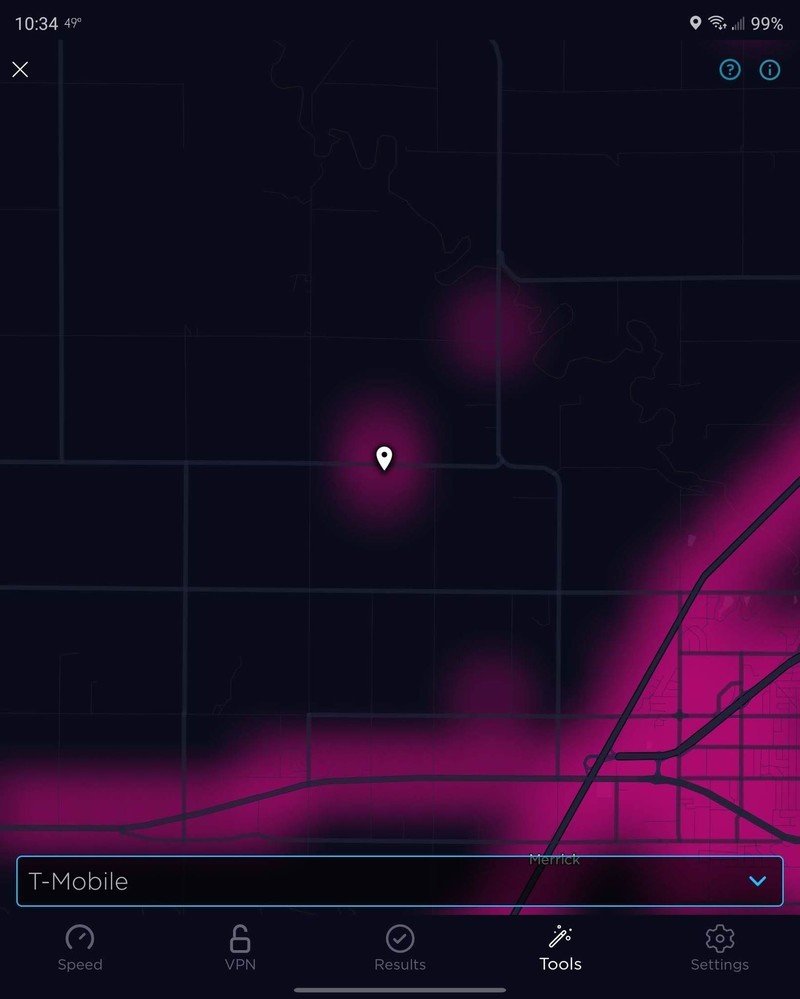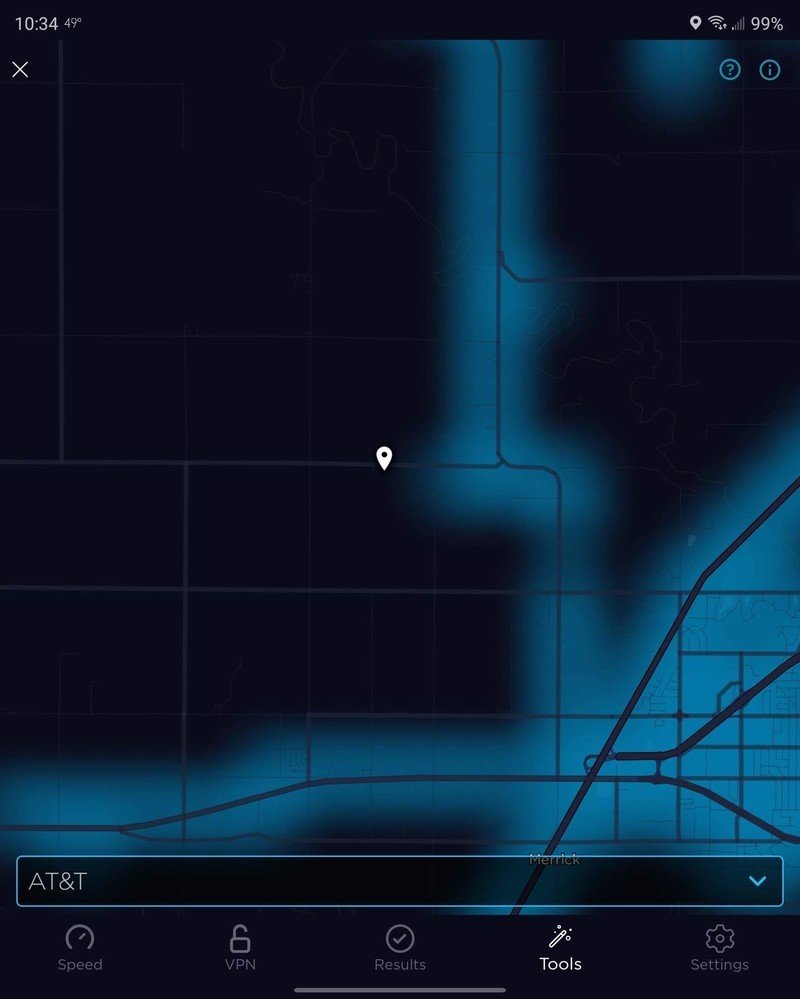2021 needs to focus on rural 5G to help save my terrible broadband experience
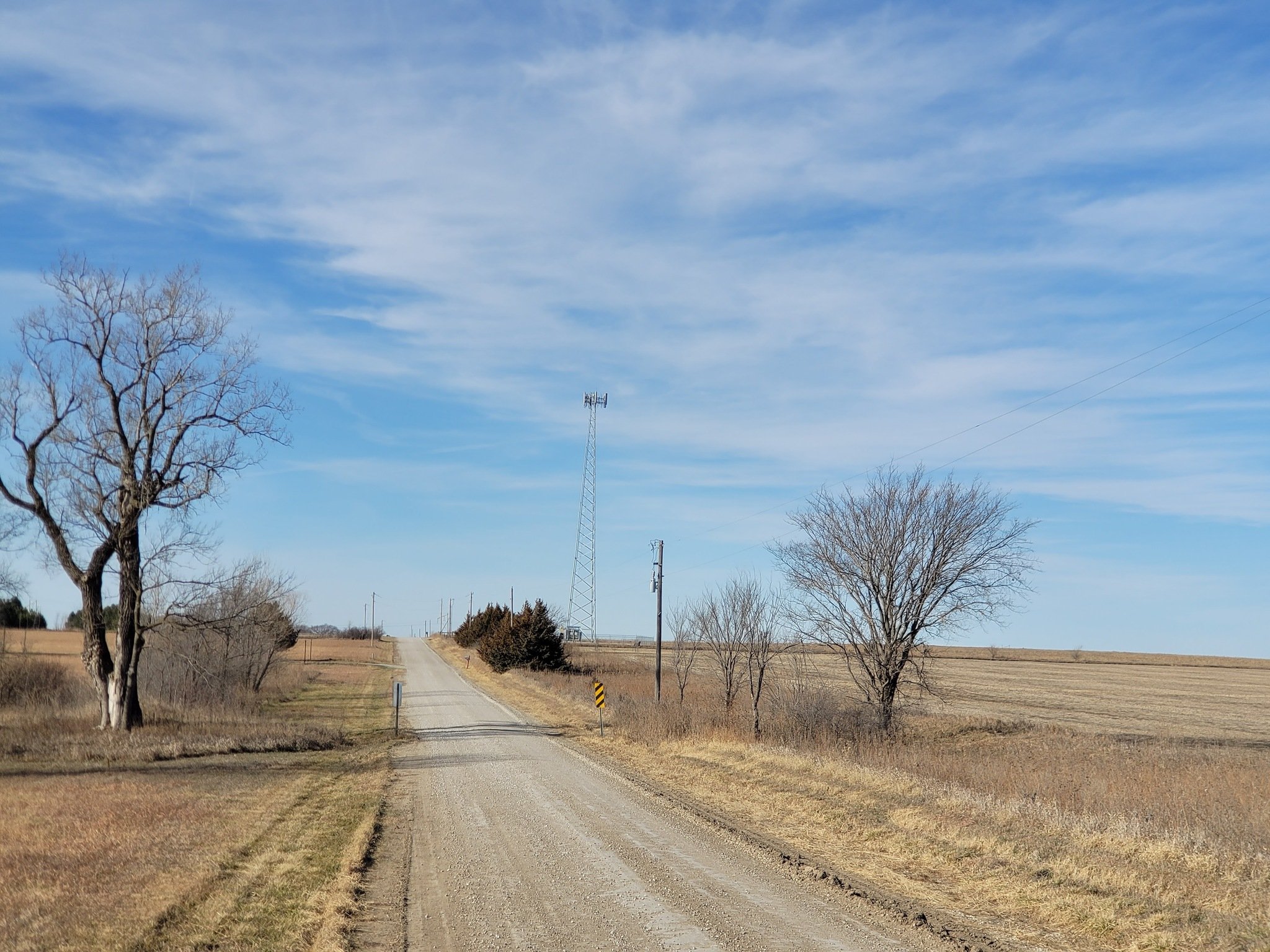
2020 threw everything for a loop, including internet usage. It's been known that the US's broadband situation has been bad for quite some time — this year just exposed it even more. With the pandemic and other issues that arose during 2020, home internet access became almost as necessary as electricity and water. For those like me that live in rural America, decent internet is rare, and the rise of 5G was supposed to be a savior of sorts to those of us that prefer the countryside. Unfortunately, 2020 didn't deliver on the 5G promise hardly at all, but I'm hopeful that 2021 can bring some focus on 5G to rural areas where it is desperately needed. Because having one of the best Wi-Fi routers or best 5G phones don't matter if there isn't anything serving them.
Don't believe the headlines. Rural broadband hasn't gotten fixed in the past decade.
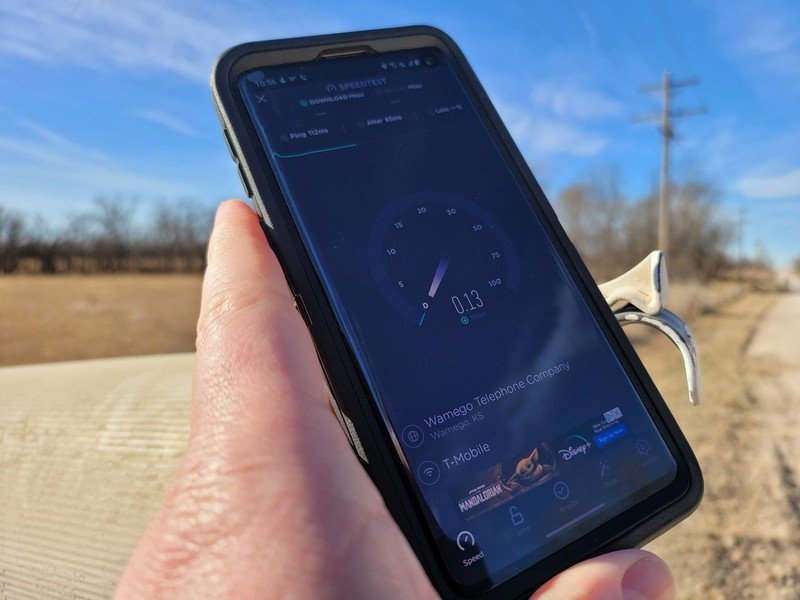
Over the past few years, there have been many FCC statements about how the broadband situation, by that I mean lack of legitimate internet options, in rural communities in the US has greatly improved. While there may be a few areas where a provider moved in or was able to upgrade equipment allowing expansion to the folks who live outside of town, it's rare.
There are many factors around the inability to get broadband internet to rural homes and businesses — money, infrastructure, distance from the main feed, etc. If we're honest, the most significant part of the puzzle is money. Because with a whole helluva lot of money and incentives, ISP's would be able to solve that puzzle.
Now, I don't mean to sound like the FCC has been simply sitting on its tail end and not helping. Though, for too long, it seemed the commission was trying to pacify Americans by saying that great strides had been made to resolve the issue. The FCC has created grants and many other funding opportunities to get companies to invest in networks to help bring useful internet to rural areas. In conjunction with wireless spectrum auctions for cell carriers to improve networks, these efforts are a positive step forward.
Electric co-ops across America are starting to provide broadband as they did with electricity, but as my local co-op has told me, it's just so expensive.
I live 5 miles from the nearest town, which has at least two options that provide gigabit internet at reasonable rates and three other options at under $50 per month with 50Mps speeds. I say this because I'm not entirely out in the sticks, and until February of 2020, I had zero internet providers without a data cap. In the first week of March, I was able to get a provider to serve 15 Mbps download and 3 Mbps upload with no data cap for $85 a month. That is done wirelessly to my home because there are absolutely no wired internet options.
It's incredibly disappointing that in the area I live, there are multiple schools and a university, not to mention all of the small businesses, but if you don't live within the city limits, you don't get high-quality internet. Don't get me wrong. I'm very grateful that I got the internet I did when I did because when the pandemic hit, my wife and I could work from home, and my son could attend classes online as well.
Can 5G fill the digital divide in rural areas?
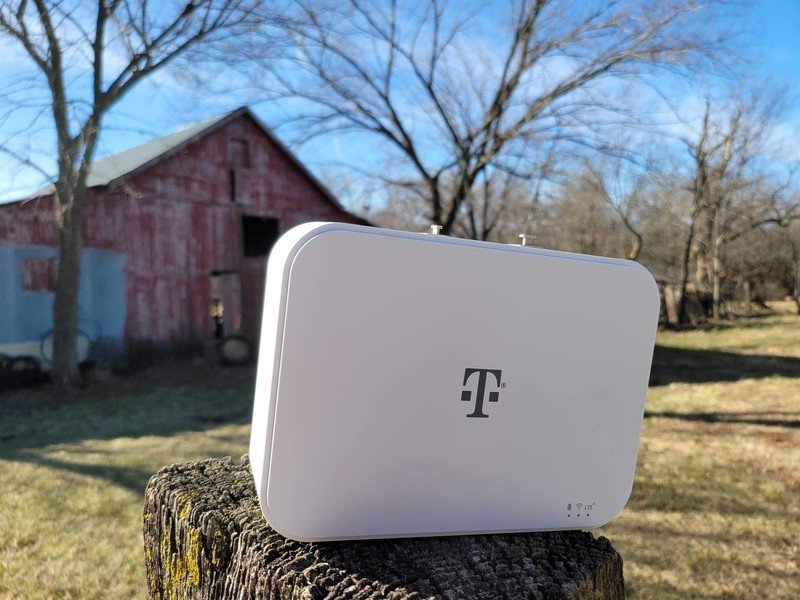
T-Mobile 5G is starting to trickle out, and surprisingly it's accessible from in my area. Now, the speeds aren't anything overly exceptional. In my tests, I typically average 120 Mbps down and 35 Mbps up where I live. However, those speeds are in town, not at my home. With 5G, though, while speeds can be excellent, it's about more than just the flashy big numbers from carriers or speed tests.
Get the latest news from Android Central, your trusted companion in the world of Android
5G is more complicated than just the moniker makes it seem. There are many layers to this next generation of signals, from low, mid, and mmWave spectrums that each brings a unique facet to what 5G can be. I'm not going to try to explain all of the in's and outs as much of it goes far above my current expertise, but we've got some explainers to help if you want more of the nitty-gritty. In short, 5G has the potential to reach far and wide, with the speed and capacity to significantly improve broadband access in rural areas that desperately need it.
Source: Chris Wedel/Android Central
Mobile carriers have been trying to be your home internet provider for a while now. However, online activities have only increased the amount of data usage over the years. That has proven to be a difficult task. Recently I was able to start using the T-Mobile home internet service — it's been a bit hit and miss. While the carrier may eventually bring its 5G capabilities to the home internet experience, as it stands today, that's not the case. When is unclear, as according to a statement in November 2020, Dow Draper, T-Mobile EVP of Emerging Products, said:
Home broadband has been broken for far too long, especially for those in rural areas, and it's time that cable and telco ISPs have some competition. We've already brought T-Mobile Home Internet access to millions of customers who have been underserved by the competition. But we're just getting started. As we've seen in our first few months together with Sprint, our combined network will continue to unlock benefits for our customers, laying the groundwork to bring 5G to Home Internet soon.
While 5G isn't cheap by any means, it is significantly less expensive than burying fiber lines or building a new internet backhaul to run lines along power poles as electric co-ops are trying to do. Cellular companies are building out 5G networks for reasons outside of providing internet to rural communities, but it doesn't mean that we shouldn't be considered when doing so.
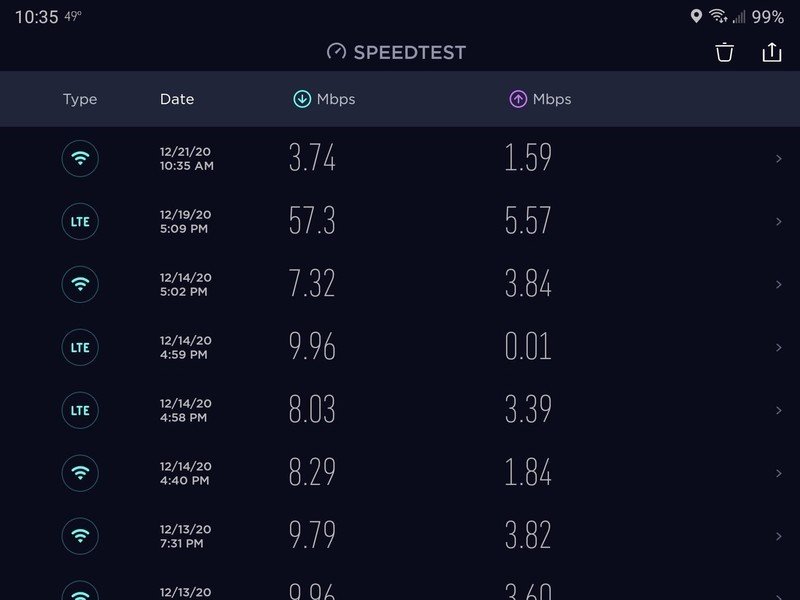
As I mentioned above, I have been testing the 4G LTE variant of T-Mobile home internet for about a month now to see if I can trust it to be my new portal to the web or not. My bar for acceptable internet speeds in my home is relatively low, but it needs to meet some requirements. The speed and capacity to support my smart home, a few simultaneous streaming media feeds, and the reliability to work from home and for my kids to be educated from home.
As it stands now, if the T-Mobile service can sustain itself through the holidays with kids out of school, me working from home, and my wife part-time working from home, I'll likely make the switch. Primarily because it will save me $35 a month over what I have used since February 2020, and I believe that the service will continue to improve. That is so long as T-Mobile continues the fast-paced network improvements it has been making.
Silver lining optimism for the future of rural connectivity
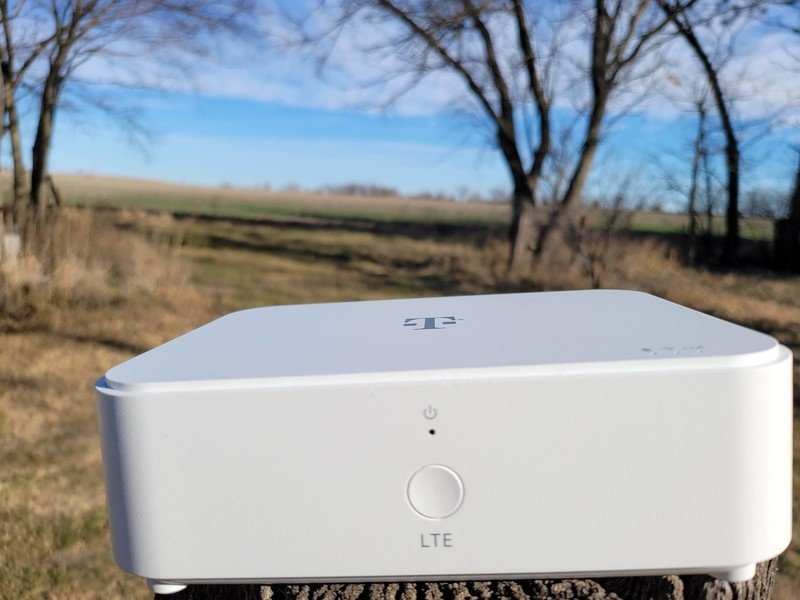
I love living in the country, but I also love technology, and those things don't always work well together. There are a lot of open avenues that companies are taking to close the proverbial digital divide. With the FCC continuing to provide funding to expand existing ISPs into rural areas, ambitious projects from companies like SpaceX and its Starlink satellite broadband project, and wireless carriers beginning to offer home internet options, I see a bright future — although much more can be done. A good start would be for the FCC to deem high-speed internet a necessary utility just as it does for water and electricity.
Sure, I haven't had legitimate high-speed internet since college — i.e., 2006 — but my options have significantly improved in the past five years. I'll keep the hope alive, and a watchful eye on the 5G expansion to bring legitimate high-speed internet to the rural dwellers like myself become a viable option. The current and future for life outside of the towns and cities in America are becoming more reliant on the fast internet to remain relevant in these modern times.

